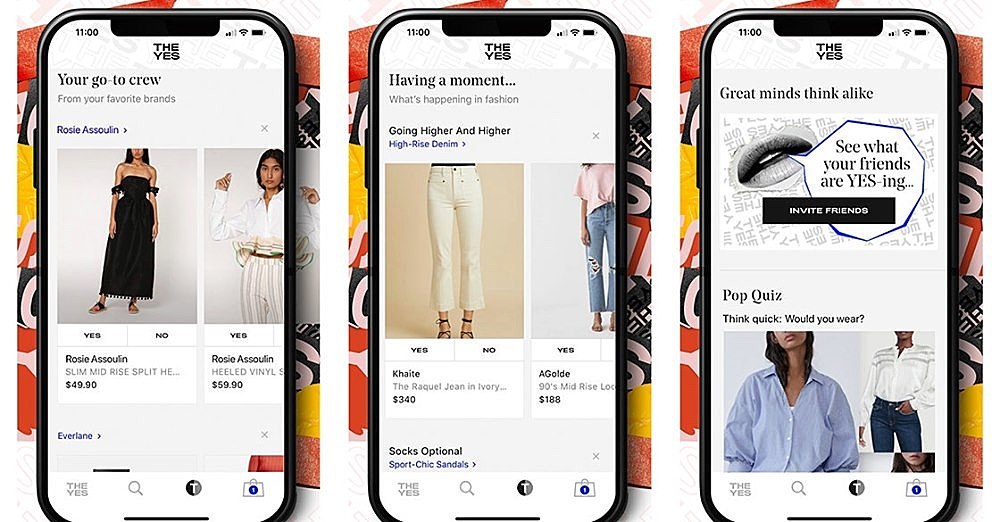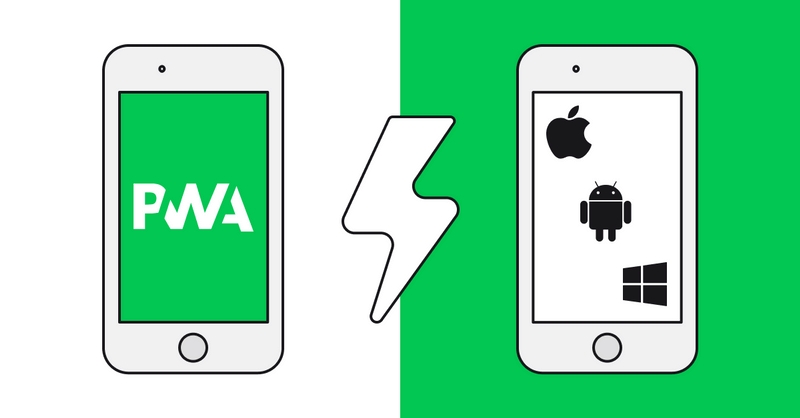
The landscape of retail is undergoing a seismic shift, with mobile shopping emerging as a dominant force shaping the way consumers interact with brands and make purchasing decisions. As technology continues to advance and consumer behaviors evolve, the mobile shopping experience is transforming at a rapid pace. In this article, we’ll explore the key trends that are driving this evolution and reshaping the future of e-commerce.
1. Mobile-First Approach: The Foundation of Modern Shopping
The fundamental shift towards a mobile-first approach is at the core of the evolving trends in mobile shopping. With smartphones becoming an integral part of daily life, consumers expect a seamless and optimized shopping experience on their mobile devices. Retailers are responding by prioritizing mobile-friendly website designs, intuitive mobile apps, and responsive interfaces. The emphasis is on creating a smooth, user-friendly journey that starts from product discovery to checkout, all within the confines of a mobile screen.
2. Augmented Reality (AR) Integration: Bringing Products to Life

One of the most exciting developments in mobile shopping is the integration of augmented reality (AR) technology. AR allows consumers to visualize products in their real-world environment before making a purchase. Whether trying out furniture in their living room or virtually “wearing” clothes through AR fitting rooms, shoppers can make more informed decisions, reducing the likelihood of returns and enhancing overall satisfaction. This immersive experience bridges the gap between online and in-store shopping, providing a unique and engaging way to interact with products.
3. Social Commerce: Shopping Where You Socialize
The convergence of social media and e-commerce has given rise to the phenomenon of social commerce. Platforms like Instagram, Facebook, and Pinterest are not just spaces for socializing but also shopping hubs. Retailers are leveraging these platforms to showcase products, run targeted ads, and even enable direct purchasing without users having to leave the app. The integration of buy buttons, shoppable posts, and seamless checkout experiences is turning social media into a powerful sales channel.
4. Personalization and AI: Tailoring the Shopping Experience

Personalization has become a cornerstone of effective mobile shopping experiences. Advanced artificial intelligence (AI) algorithms analyze user behavior, preferences, and purchase history to provide tailored recommendations. From personalized product suggestions to customized promotions, AI is making mobile shopping journeys more relevant and enjoyable for consumers. The ability to anticipate and meet individual needs fosters customer loyalty and increases the likelihood of repeat business.
5. Contactless Payments: Speeding Up Transactions
The global shift towards contactless payments has accelerated with the rise of mobile shopping. Digital wallets, mobile payment apps, and contactless cards are simplifying the checkout process, providing a faster and more secure way to complete transactions. The convenience of making payments with a tap or a scan enhances the overall mobile shopping experience, particularly in a world where speed and efficiency are valued.
6. Voice Commerce: Shopping by Simply Speaking
The growing popularity of virtual assistants and smart speakers has given rise to voice commerce. Consumers can now shop by simply speaking commands to devices like Amazon’s Alexa or Apple’s Siri. This hands-free approach to mobile shopping streamlines the process further, allowing users to add items to their carts, check prices, and place orders using only their voice. As voice recognition technology continues to improve, the convenience of voice commerce is expected to become even more widespread.
7. Sustainability and Ethical Shopping: Conscious Consumerism

An evolving trend in mobile shopping is the increasing emphasis on sustainability and ethical practices. Consumers are becoming more conscious of the environmental and social impact of their purchases. Mobile shopping apps and websites are responding by incorporating features that highlight eco-friendly products, ethical sourcing, and transparent supply chains. Brands that align with sustainable values are gaining favor, and the mobile shopping experience is becoming a platform for conscious consumerism.
8. Virtual Try-Ons and Fit Technologies: Redefining the Fitting Room

Virtual try-ons and fit technologies are transforming the way consumers experience fashion and beauty products. Augmented reality and AI-powered algorithms enable users to virtually try on clothing, accessories, and even makeup, providing a more accurate representation of how products will look in real life. This not only enhances the online shopping experience but also reduces the uncertainty associated with purchasing items without physically trying them on.
9. Gamification: Turning Shopping into an Interactive Experience
Gamification is injecting an element of fun and interactivity into mobile shopping. Retailers are incorporating gaming elements, such as reward systems, challenges, and interactive quizzes, to engage users and make the shopping experience more enjoyable. This trend not only captures the attention of users but also encourages them to spend more time exploring products and making purchases.
10. Progressive Web Apps (PWAs): Blurring the Line Between Apps and Websites

Progressive Web Apps (PWAs) are blurring the line between traditional mobile apps and websites. These web applications offer a native app-like experience without requiring users to download and install an app from an app store. PWAs are faster, more responsive, and provide offline capabilities, contributing to a smoother and more accessible mobile shopping experience. As the technology matures, PWAs are likely to become a standard in the world of mobile e-commerce.
Conclusion: Adapting to the Mobile Shopping Revolution
The evolving trends in mobile shopping signify a shift towards a more dynamic, personalized, and immersive retail experience. Retailers who embrace these trends and prioritize a seamless mobile shopping experience are well-positioned to meet the evolving expectations of consumers. As technology continues to advance, and consumer behaviors evolve, the mobile shopping landscape will undoubtedly continue to shape the future of e-commerce. Stay tuned for the next wave of innovations as the world of mobile shopping evolves to new heights.





